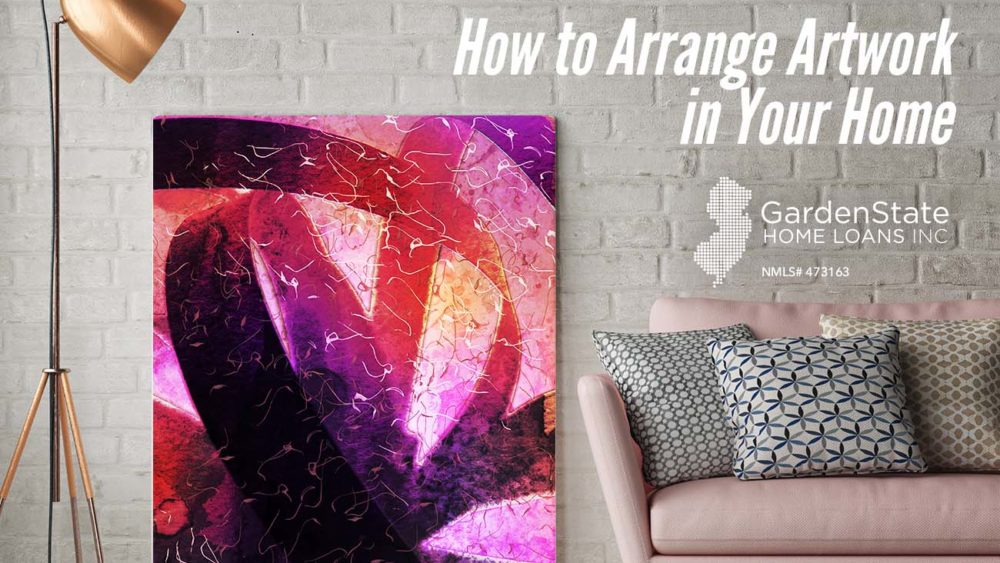Six Ways to Arrange Artwork
There’s a lot to consider when deciding how to hang artwork in your home. Here are a few ways to arrange your artwork.
-
Linear
A linear arrangement refers to pictures that are hung in a line. This can be either horizontally or vertically. This arrangement works especially well with art pieces that are the same size and in the same frame. A good choice for a linear art plan is a large wall. It can also be used to emphasize any other horizontal element in a room. This is limited by your wall width or height and the number of pieces you have.
-
Grid
In a grid arrangement, the pictures are hung in precise rows and columns. Like the linear configuration, it works best with art that is the same size and in the same frame. This works well for collections with numerous pieces. To create a grid pattern, you must have enough pieces to create enough rows and columns. Grid arrangements are difficult to hang as they must be perfectly aligned, both vertically and horizontally.
-
Salon style
The salon-style arrangement is created by hanging artwork floor-to-ceiling and wall-to-wall. Salon style is a great way to show pieces that are in different styles and different frames. This arrangement is best used in spaces that have high ceilings. Before creating the perfect salon-style arrangement, confirm your furniture placement, so you can work around where your furniture sits.
-
Clustered
A clustered approach is much like the salon style. It is freer, with artwork arranged in an organic space. However, it is more balanced than a salon-style arrangement is. The clustered approach is great for art collectors who have artwork with various sizes and frame material. The great thing about the clustered approach is that you can add (or take away) pieces from your installation without having to rehang everything. Try to keep a consistent distance between the frames otherwise, it can look messy.
-
Single
Hanging up a single piece of large artwork creates a strong focal point for a room. It is also easier to hang one single piece than a bunch of pieces, as is the case in the other styles. However, for large artwork, you need enough wall space. This includes space around the piece so it doesn’t look cramped. Make sure you take into consideration the weight of the piece and what it will take to anchor it to the wall. Is this something you can do yourself or will you need to bring in the professionals?
-
Shelves
If you are not handy with a hammer or want to change your artwork frequently, consider using shelves to display your artwork. Instead of hanging your artwork, all you have to do is lean them against the wall.


Comments are closed.